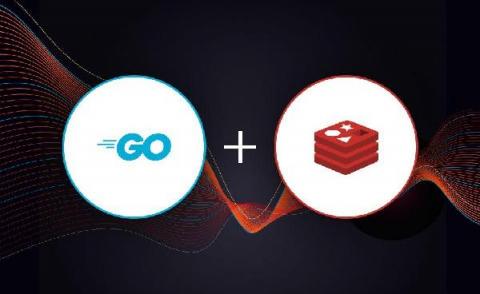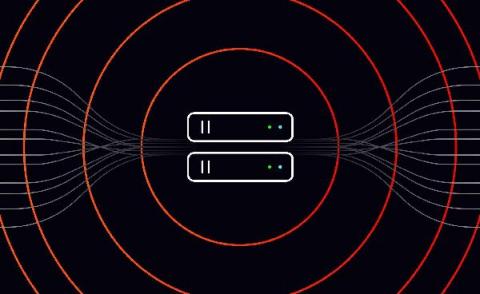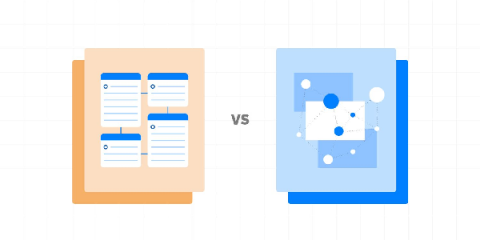Databases
Load Testing SQL Databases with k6
This short tutorial shows how to run a k6 test for load testing a database. In performance testing, we often trigger load tests that simulate realistic user flows, particularly those that are most commonly seen in production. This type of acceptance testing usually interacts with various parts of our infrastructure: web servers, microservices, databases, etc. But what if you want to test the performance or scalability of an infrastructure resource in isolation?
The Complete Guide to Using Heroku Postgres
Get a Complete View of Salesforce Data with MongoDB
Scalable event streaming with Redis and Golang
A common problem that our customers have is event streaming spikey traffic to their clients. For example, imagine a server which needs to stream details on cryptocurrency trades. The quantity of trades happening each second is likely to fluctuate, sometimes nothing could happen, other times perhaps thousands. In order to ensure reliable communication, it’s important that rate limits are in place on how many messages are to be sent to subscribed clients.
When to Use NoSQL and MongoDB
What is MongoDB used for? Learn how MongoDB and its Fivetran connector can help you.
Realtime and databases - a discussion on coupling versus modularity
Databases are one of the most useful and foundational constructs in computing. They are what allows us to take our exponentially growing amounts of information and to organize it according to efficient, logical patterns of information architecture.
SQL vs. NoSQL: Database Differences Explained
What is NoSQL, and what does it bring to the table?
How To Setup Google Cloud SQL for PostgresSQL
MongoDB vs. MySQL: Detailed Comparison of Performance and Speed
MongoDB and MySQL are similar is some ways, but they also have some obvious differences. Perhaps the most obvious one is that MongoDB is a NoSQL database, while MySQL only responds to commands written in SQL. Potential users may want to examine MongoDB vs. MySQL in the areas of performance and speed. The following article will help you understand the differences, as well as the pros and cons of each database.








